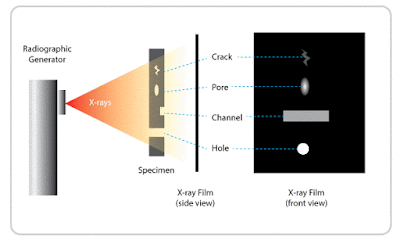STRESS:
Stress is defined as the force per unit area and strain is the fractional change in length, area or volume. Obviously, this is the resistance of the body to deformation due to the application of external force.
Stress describes the intensity of a force that acts on a unit area. Its units are N/mm2 or N/m2 . which is called pascal in SI Units and denoted by pa. When the force acting over an area is uniformly distributed, we have
In several cases, such uniformly distributed loads are not present and therefore stress is non-uniform. This is why, the stress is always referred to a point and in a body the stress varies from point to point over any section. If F is the total load acting on the original cross-sectional area , then normal stress,
Obviously, stress is the intensity of internal force. The stress is said to be normal if load p is normal to the surface and tangential or shearing, if load is tangential to this surface. The normal or direct(tensile or compressive) stress is produced over a section when force is acting normal to the section. If the force is acting away from the section, the stress is tensile, if it is acting towards the section the section is compressive.
In general, the stress at any point will have six components and its nature is different than that of force and area both. In fact, stress at a point is a tensor quantity and needs the following specifications for complete specification:
(i) Magnitude
(ii) Plane passing through the point, on which stress is being defined and,
(iii) The direction in which stress is acting.
STRAIN:
Strain is the deformation produced per unit length of a body due to the effect of stress on it. It is the ratio of the change in length of the specimen to its original length. If L is the original length of the sample and l is the change in length, then
Strain is simply a ratio and has no unit and it is a dimensionless quantity. Depending upon the type of load, strain can be lateral strain or shear strain.
As there are different types of stresses, thee are different types of strains, e.g.,
(i) Compressive strain,
(ii) Shear or Transverse strain and
(iii) Volumetric strain.
The strain associated with the change in length is called the elongation strain (l/L).Similarly v/V is the volumetric strain, where V is the volume. When there is a change in shape and no change in volume, corresponding strain is called shear strain. The shear strain is measured by the angle. The behavior of a material within the elastic limit is the same under compression as under tension.
Corresponding to elastic and plastic properties of materials, we have two classes of strain; (a) Elastic strain and (b) Plastic strain
(a) Elastic strain: It is the change in dimension of a body when it is subjected to a load. This is reversible phenomenon, i.e., elastic strain disappears after the applied load is removed. This is proportional to the stress applied.
(b) Plastic strain: This is the permanent change in the body when subjected to a load. The change remains even after the applied load is removed.
The amount of elongation, expressed as a percentage of the original gauge length is called as the percentage elongation;







